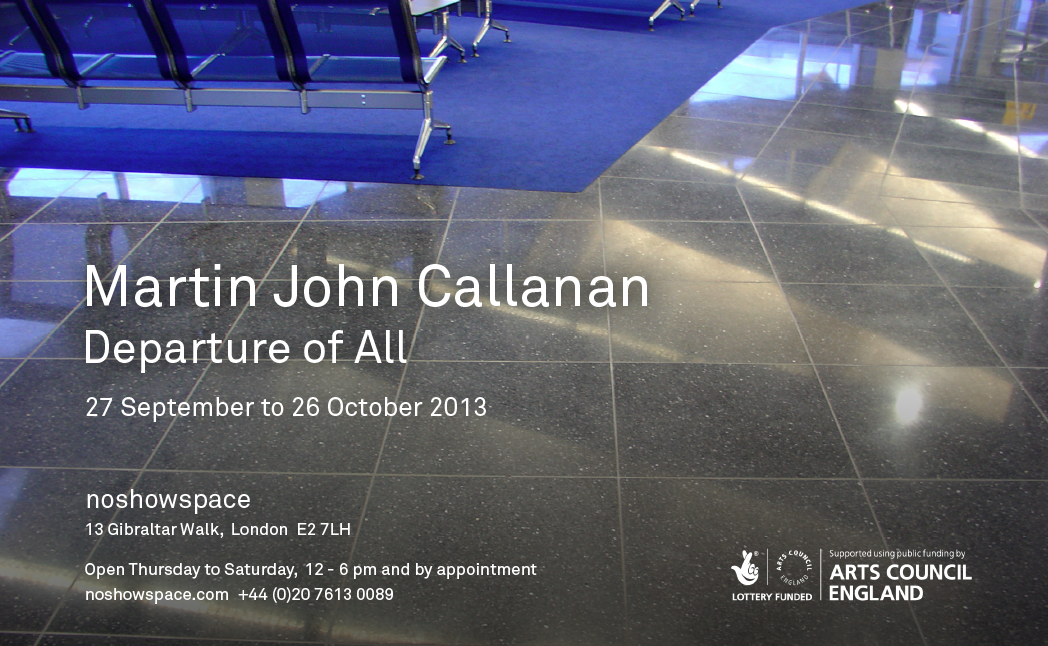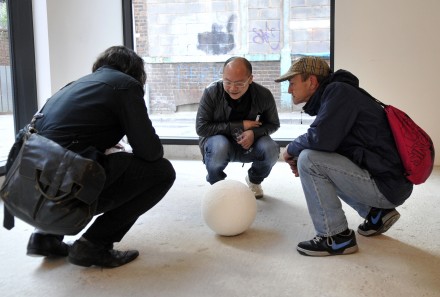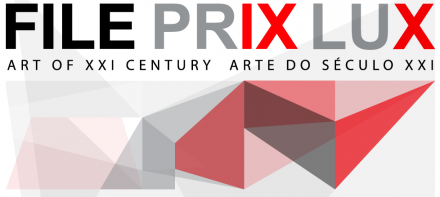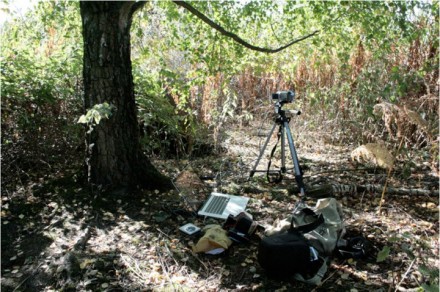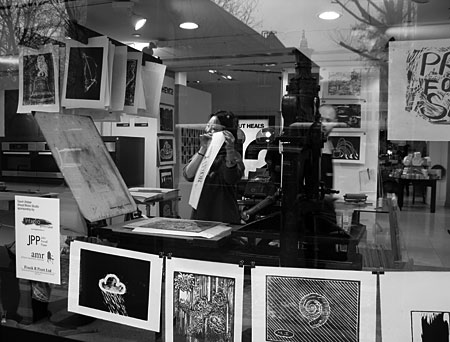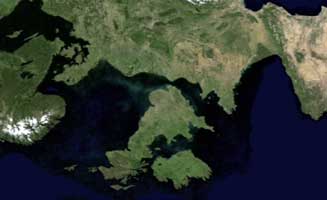The most shocking thing about the Edward Snowden revelations is not so much their content as the fact that they have been met with little interest or surprise; not because people are unconcerned about the erosion of civil liberties, but because they thought that they knew all of this already. The internet now seems to produce a mode of hyper-connectivity, short-circuiting any separation between public and private. Along with the internationalisation of finance and other aspects of globalisation, this can make it feel as if everything has become completely interconnected, and there is nowhere left to hide from the encroachment of capital.

We submit that this state of hyperconnectivity induces a kind of paranoid subjectivity. Marx showed that there is something inherent to capitalism which makes it very difficult to see past its surface effects to its essential structure. While this was already true in his time, today the vast scale of the networks governing contemporary existence makes this aspect of capitalist society a near-constant feature of everyday experience. As abstraction reaches into every crevice of our existence, art increasingly adopts a style that Emily Apter has called oneworldedness: “a delirious aesthetics of systematicity … held in place by the paranoid premise that ‘everything is connected’”. on Paranoia.pdf2 (912.0 KB)
‘Onewordledness’ is poignantly and hilariously expressed in Hito Steyerl’s video Liquidity Inc. (2014), which deliberately confuses various meanings of the word liquidity (physics, finance, climate, martial arts), showing intricate, but unfathomable links between seemingly unrelated spheres. Steyerl’s work is the latest in a long line of artistic and theoretical reflections on (and of) paranoid subjectivity since the 1960s. From the novels of Thomas Pynchon, paranoia movies such as The Conversation and the films of Adam Curtis, to the rise of systems theory, and notions of the ‘network’ (Luhman), much art and theory from the US and Europe in this period has reflected an increasing interest in modes of cognition either contend with or break down due to the increasing scale of social abstraction. The popular television show The Wire (2002-2008) is a key example, being centered on a dense web of connections which traverse the US city of Baltimore, uniting all of its diverse spheres into a violent and tragic situation that the character Omar simply calls ‘the game’.
In this conversation, the third and last in a series that we, David Hodge and Hamed Yousefi, are organizing for e-flux conversations, we would like to critically consider the political consequences of ‘oneworldedness’. Fredric Jameson once said that “Conspiracy […] is the poor person’s cognitive mapping in the postmodern age … the degraded figure of the total logic of late capital, a desperate attempt to represent the latter’s system”.JamesonF86a_CognitiveMapping.pdf1 (155.3 KB) But what if capital’s abstractions interpolate subjects who are unable to undertake a critical cognitive mapping? Can art help to induce new forms of subjectivity, which might be better equipped to trace the totality?
Yet again, we have another fantastic group of contributors, who will take it in turns to write a post every weekday:
Martin John Callanan ( http://greyisgood.eu) is an artist whose practice involves “researching the individual’s place within systems”. His work has been exhibited and published internationally and he lectures at Slade School of Fine Arts, UCL, London.
Alberto Toscano is Reader in Critical Theory at the Department of Sociology, Goldsmiths, University of London. His most recent book is Cartographies of the Absolute (with Jeff Kinkle) – see: https://cartographiesoftheabsolute.wordpress.com.
Sarah Brouillette is Associate Professor of English Language and Literature at Carleton University in Ottawa, Canada. She is currently researching “a sort of cultural history of neoliberalism”, focusing on UNESCO as a core case study.
Tom Eyers is Assistant Professor of Philosophy at Duquesne University in Pittsburgh, U.S.A. He is the author of three books including Speculative Formalism: Literature, Theory, and the Critical Present (Forthcoming, 2015).
